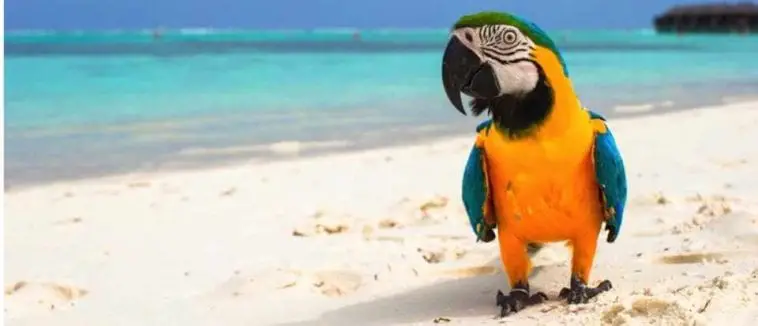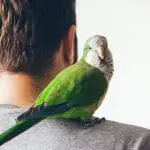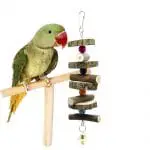Even way back thousands of years ago, parrots are already used as a pet. At present, it is not surprising that it is one of the most favorite bird companions of humans. People are attracted to their color, beauty, and ability. If we say parrot, the first thing that will come to our minds is that it talks. Parrots have around 393 species, but not all of them can talk or be used as a pet.
Life Expectancy
Getting a parrot can be interesting. You just have to take into consideration the lifespan of this bird before you make up your mind. Parrots can live long enough that it can outlast you. If you are a certified bird lover, you have probably heard about Cookie. This bird holds a Guinness Record as the longest living parrot. Cookie reached the age of 83 and died last 2016.
Another parrot that created a name for itself is Alex. You could say that he is the most famous parrot for what it has done helping the Avian Language Experiment. Alex gets to live for 31 long years.
Before you fall into the dilemma of getting a parrot bird or not, check out the lifespan of these birds.
Wilderness Raised
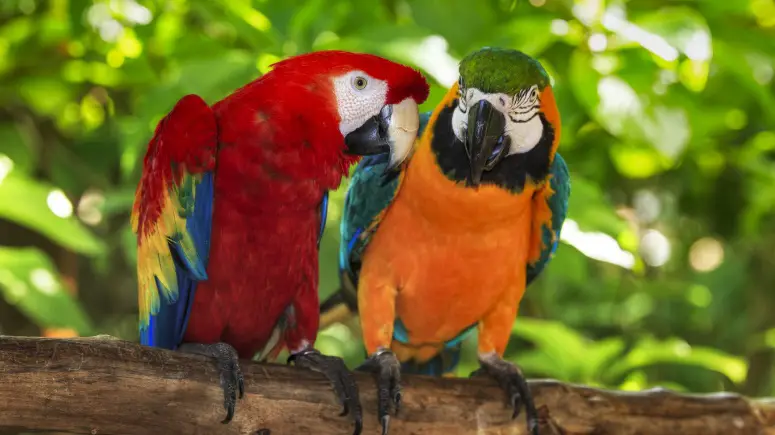
Generally, parrots can live long enough, given the right circumstances. It is not the case, though for those species that are striving the wild. It is safe to say that these birds living in the wild can live around 10 to 15 years. You’re probably asking if that is long enough. If you are thinking about these parrots that are living in the forests, that is already long. A lot of them don’t even have the chance to reach their maturity period or even get hatched. Here are some factors that affect their mortality rate.
- Food Source – food in the wild is seasonal. The birds need to work extra hard to get food as it is not being handed to them in a silver platter. If they don’t hunt for food, they will not eat. Even if they managed to get food, they have a flock to worry about. Parrots love to travel with their entire flock. There are only some instances that it goes in pair, and that is during the mating season. The food they got may not be sufficient to feed the entire flock.
- If they are not able to get the nutrients they need, it can affect their lifespan. Malnourished birds are prone to infections and diseases which can lead them to their grave. What happens to birds or even humans that don’t have an adequate food supply? They get weak and sick.
- Health Care – There are no designated doctors in the wild. Once they get sick because of their vulnerability when it comes to infections, there are no doctors in the forest. They don’t have access to health checks. If there were any injuries, they just have to believe and have faith that it will heal on its own.
- Prey – Parrots are small and delicate. Aside from their beaks and the noise they make to scare away danger, they are helpless. They are the prey for bigger and stronger animals that are also trying to survive in the wild. Eagles, for example. They are bigger and stronger. Though they both have wings, parrots are more like a glider than a flyer. It makes it easier to catch for very agile eagles. Parrots are also in danger of jaguars. They are bigger and faster. These predators can quickly pounce on them.
- Weather – The temperature plays a big part in a parrot’s survival. These birds can easily get frostbites. At night, when the weather turns cold and they don’t have much protection, their health is at risk.
Raised in captivity
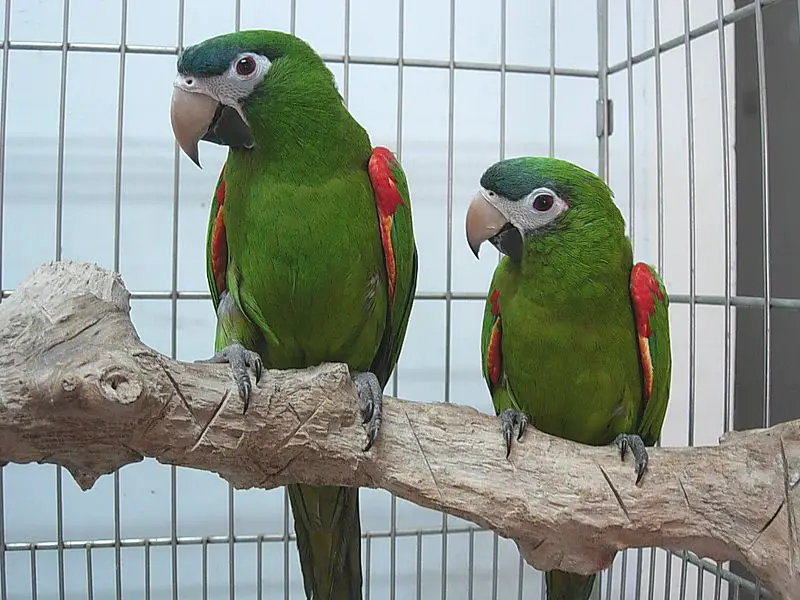
Many would say that birds raised in captivity are not a good thing because it is not their natural habitat. With the low chances of survival in the wild, being in a home where they have someone to look after them is a good thing. Birds raised in captivity are expected to live a longer life. In the wild, they can barely reach 10 years. Having an owner to take care of them increases the odds that they can reach 50 years of age or maybe more. Check out the things that increase their lifespan.
- Size – Without having to worry about the predators that can take them by surprise, they will be able to reach maturity. All they need to do is reach their maximum mortality capabilities. In parrots, the bigger they are, the longer their lifespan. Small size parrots, can reach its full potential for 15 years. The bigger species are way longer. Some parrots are able to live for 85 years.
- Nutrition – If they are pampered at home, there is no scarcity of food. Their owners will just provide it. Lucky these birds are, they get to have a combination of seed, fruits, and vegetables. If they don’t have to fight for every bite, the risk of malnutrition is less.
- Interaction – In the wild, parrots tend to play and interact with their flock. If they are taken as pets, they will be exposed to different toys and try new things. It is a good thing for them, as these intellectual birds are always curious. They also have humans that shower them the attention they need. Owners see to it that their pets are happy and stress-free.
- Professional Care – No matter how much we love our pets, there are times when they will fell ill. Since they are no longer in the wilderness, the owners can immediately take them to the veterinarian for a check-up. Whatever ailment they are experiencing can be controlled before it escalates. This increases the life expectancy of the bird.
- Injury – In captivity, parrots no longer need to hunt for their food. It decreases their chances of getting hurt. In the wild, when they get cuts and lacerations, they have to deal with it on their own. No medicines and professional help are available. In this case, the wounds are left open, and infections are welcome to come in.
- Origin – Choosing a pet to keep should be done accordingly. Only trust those breeders that have a good reputation in the business. If you want your parrot to live a long healthy life, it should start from the moment it hatched. You have to be thorough regarding their registration and health records. It is to make sure that they will not just fell ill, the moment you take them home.
Conclusion
Parrots have more than 300 species. Do not expect the same lifespan for all of them. Even though they belong to the same classification, every species still has its unique characteristics. The smaller the parrot is, the shorter the lifespan. Also, there parrots that live in the wild. The more danger they are exposed to, the lesser the chance of them getting longer lives. Captive parrots, on the other hand, are expected to live longer. Even if the birds are of the same type but living in different environments, there can still be a huge gap in their mortality rate.

